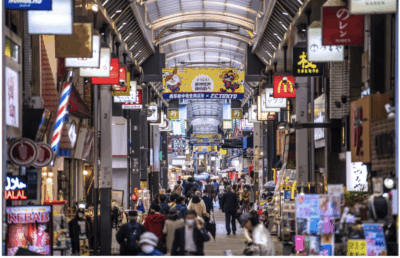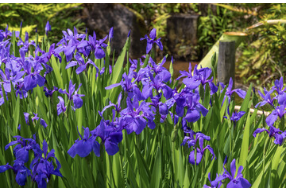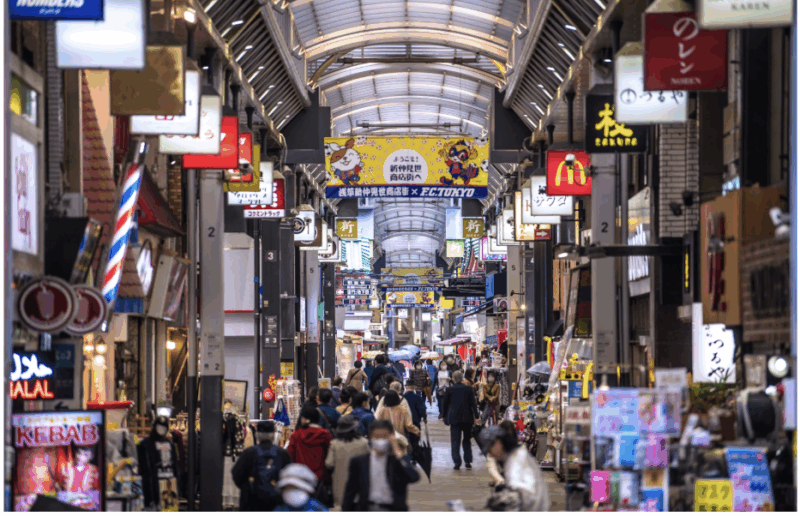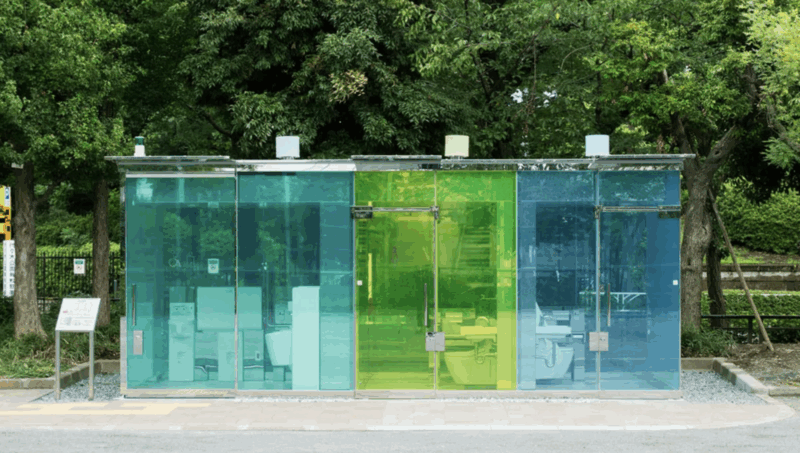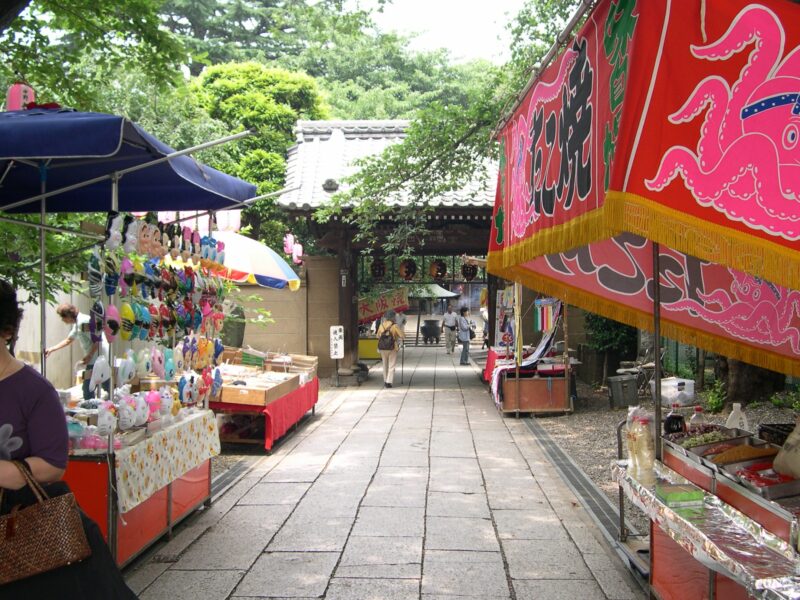The Deep Connection Between Zen and Tea: The Profound Spirituality of the Japanese Tea Ceremony
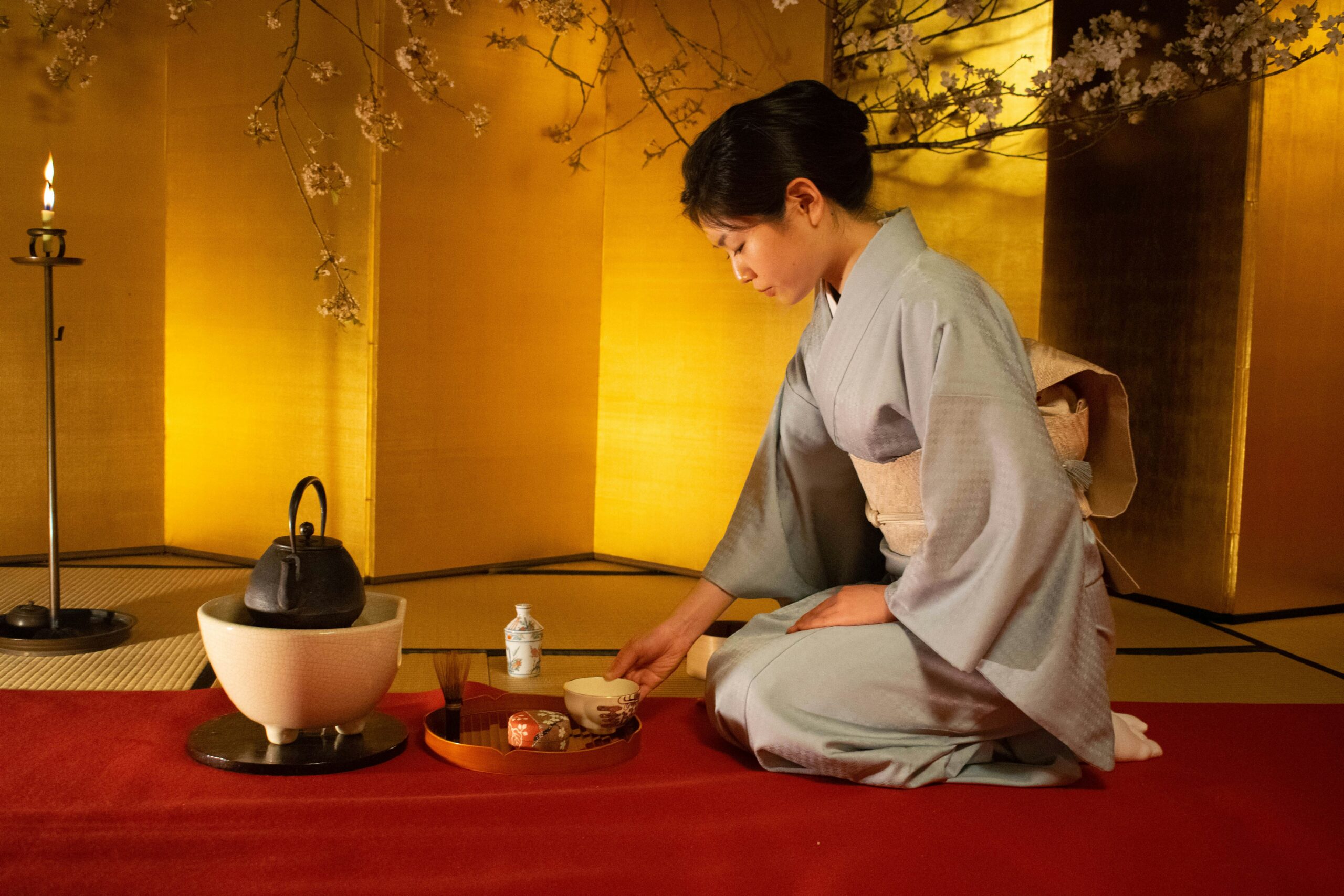
For many people outside Japan, matcha lattes and green tea have become trendy and beloved drinks. But did you know that tea in Japan is much more than just a beverage? The art of tea, deeply rooted in Zen Buddhism, embodies a unique philosophy that has been cultivated for centuries. The Japanese tea ceremony, known as “chanoyu” or “sado,” is not just about drinking tea—it is a spiritual and meditative practice.
The Origins of Tea and Zen in Japan
Tea was first introduced to Japan from China in the 9th century by Buddhist monks. However, it was in the 12th century that a monk named Eisai brought powdered green tea (matcha) and the Zen Buddhist philosophy to Japan. Zen, with its emphasis on mindfulness, simplicity, and being present in the moment, blended perfectly with the practice of preparing and drinking tea. This connection laid the foundation for what would later become the Japanese tea ceremony.
Wabi-Sabi: The Beauty of Imperfection
One of the key principles of the tea ceremony is “wabi-sabi,” a Japanese aesthetic that finds beauty in imperfection and transience. In a tea room, every element—from the handmade ceramic bowls to the simple yet carefully arranged flowers—reflects this philosophy. The idea is to embrace the natural flow of life, accepting imperfections as part of its beauty. This deeply aligns with Zen teachings, which encourage letting go of material attachments and finding peace in the present moment.
The Ritual and Spirituality of the Tea Ceremony
A traditional tea ceremony follows a precise sequence of movements, each performed with mindfulness. The host carefully prepares the tea with deliberate, graceful actions, while guests observe in quiet appreciation. Every detail, from the way water is poured to the manner in which the tea bowl is passed, carries symbolic meaning. The experience is designed to bring a sense of tranquility and presence, mirroring Zen meditation.
Tea ceremonies often take place in a specially designed tea room or tea house, which is a simple and serene space. The low entrance to the tea room symbolizes humility, reminding guests to leave their egos and social status behind. The tea gathering is not just about consuming tea but about fostering a deep sense of connection—with oneself, with nature, and with others in the room.
A Moment of Mindfulness in a Busy World
In today’s fast-paced society, the practice of slowing down and focusing on the present moment is more important than ever. The tea ceremony offers a rare opportunity to disconnect from distractions and reconnect with a sense of inner peace. The process of preparing and drinking matcha can be a simple yet profound mindfulness practice, even outside of a formal ceremony.
Next time you sip your matcha latte, take a moment to appreciate the deep history and spirituality behind it. Whether you’re in a cozy café or making tea at home, you can embrace the Zen spirit by being fully present, appreciating the moment, and finding beauty in simplicity.
The world of tea is far more than just a drink—it is a gateway to a more mindful and peaceful way of living.
